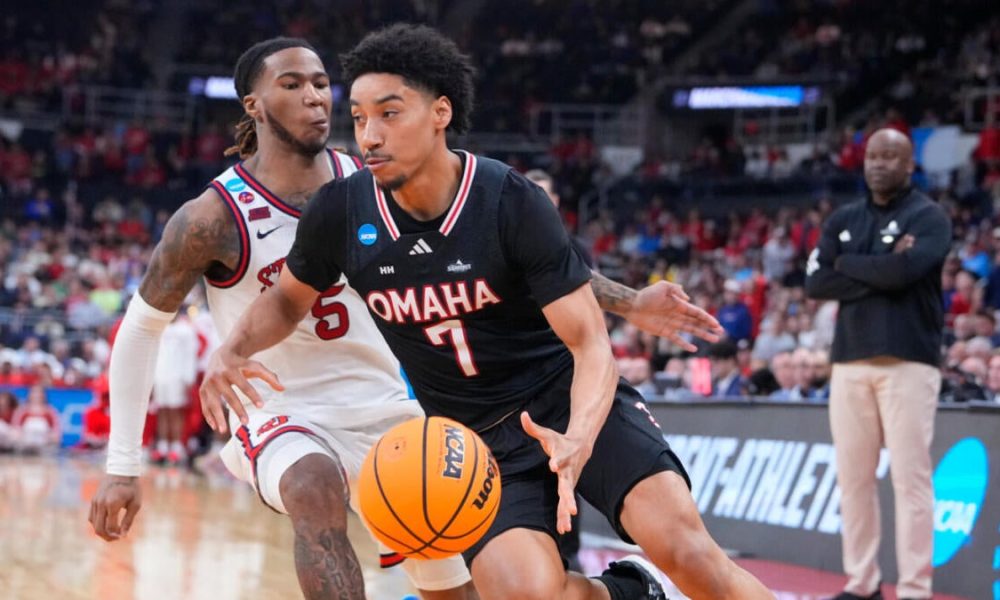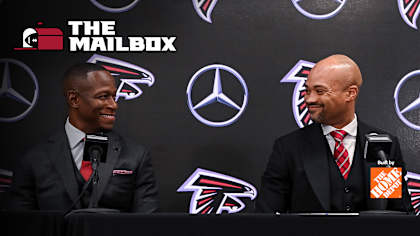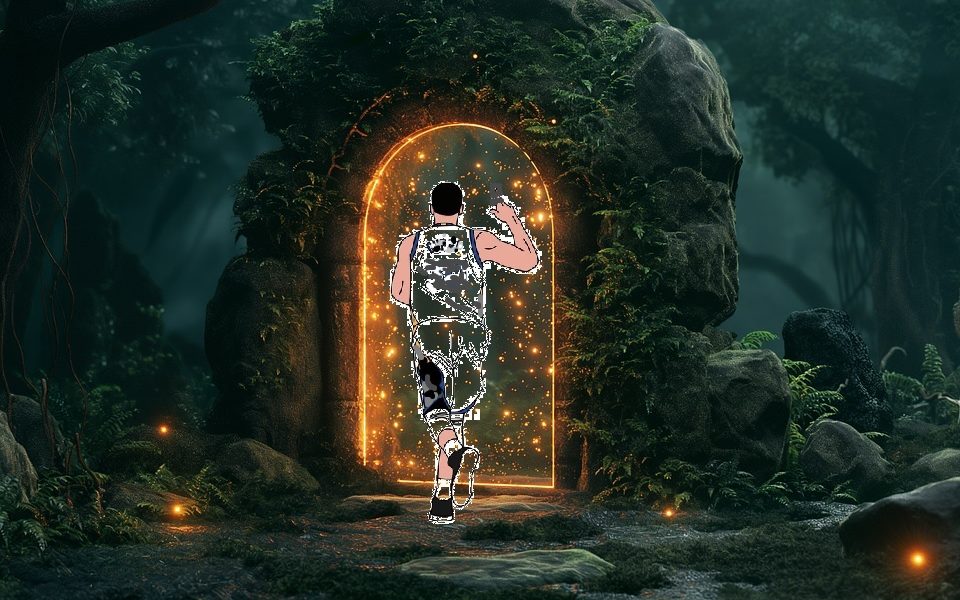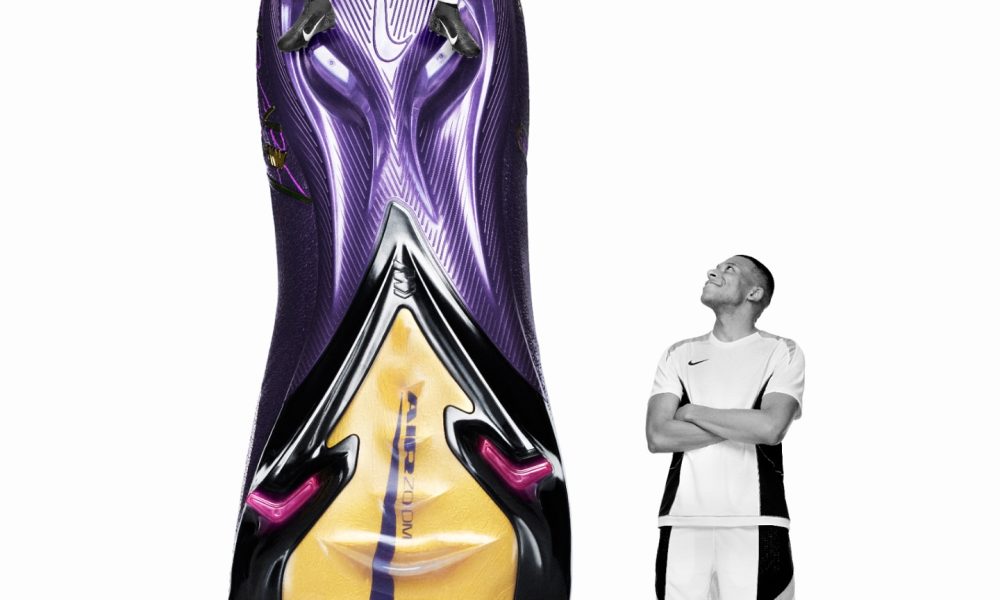Sports
As cheerleading gets competitive, a Kansas City doctor wants to make it safer from concussions
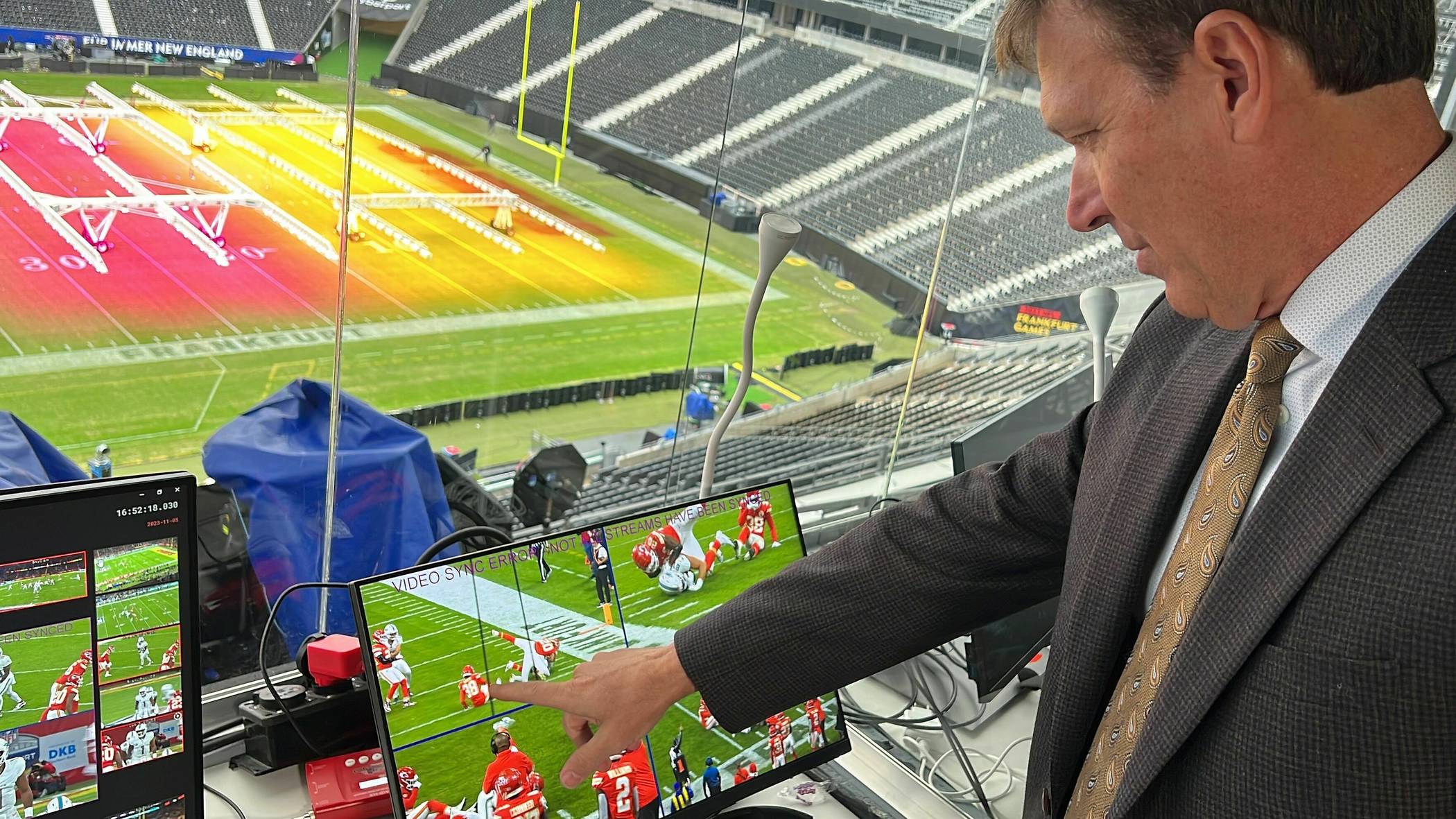
For each person someone hoists into the air — the flyer — there is at least one back spotter, often a coach.Without that, Archie says, school teams don’t feel any real legal pressure to abide by regulations. That includes having an emergency action plan, which the AAP report says should be commonplace and clearly posted in all schools and gyms.“We’ll be bringing all those things together to see if there are rules out there we have been allowing that we have a concern about and whether we need to address those through education or if we’ve done that, to make a rule change,” Lord says.
“In Missouri and in Kansas they have requirements for training either for their coaches, the same types of training that other sports coaches have to follow,” Lord says. “They provide opportunities for competition, but also they make them follow the safety rules and they do that without being necessarily a Title IX type of sport.”There’s no database where all gyms and schools report cheer injuries, so collection can be piecemeal. That’s something to consider when reviewing overall rates, says Kimberly Archie, a founder of the National Cheerleading Safety Foundation – established by former coaches, cheerleaders and their parents.“When I say that people are pretty taken aback, but it affects how seriously people take this issue,” she says.Jim Lord, USA Cheer’s director of education and programs, says that’s because under Title IX, teams should be competitive in nature and not every sport is.One roadblock to Title IX and broad recognition is a bias against cheerleading, Archie says. Depending on your age or exposure to the sport, you might still see it as the pom-pom-waving sport it was decades ago. It’s also the only sport with its own category on PornHub, Archie says.A major step would be state associations and high school athletic departments overseeing and formally recognizing cheerleading as a sport.“It would solidify cheerleader’s access to trained individuals, to making sure they have athletic trainers that are available, they have strength and conditioning personnel,” Canty says. “All those things kind of open up.”
KCUR 89.3
In its policy statement, the AAP also calls for physical health screenings for prospective athletes. Lord says USA Cheer supports all the recommendations in the report.
In its policy statement, the AAP also calls for physical health screenings for prospective athletes. Lord says USA Cheer supports all the recommendations in the report.
With large-scale changes such as Title IX recognition unlikely to happen in the immediate future, individual gyms and schools can still institute things like an action plan to help keep more kids out of Dr. Canty’s clinic at Children’s Mercy.
Ground level changes
Their report suggests the overall rate of injury in cheerleading is two to three times lower than in girls’ soccer or basketball, for example. But cheerleading injuries, particularly concussions, can be especially severe and have a prolonged recovery time.
Sports
Dominique Brown Breaks Longstanding School Record As 31 Spartans Set PR’s at Visit Winston-Salem College Kick Off – University of South Carolina

WINSTON-SALEM, N.C. – USC Upstate track and field began the indoor season at the Visit Winston-Salem College Kick Off today.
The first meet of the season was a successful one, highlighted by freshman Dominique Brown breaking the school record in the women’s 400m with her time of 57.51. The previous school record has stood for 10 years.
Head Coach Carson Blackwelder said, “This was a great start to the track season. We have a very talented team with a lot of potential ahead of us.” A total of 31different Spartans all set personal records in today’s meet.
In addition to Brown, Jenelda Aristhil earned a top finish in both the weight throw and shot put. Michael Moody placed third in the men’s long jump, going a distance of 7.00m.
Coach Blackwelder continued to praise his team, saying, “The 400m runners did a great job on Saturday, and we saw some of the fastest times in school history. The throwers hit some big marks and achieved PRs all around.”
Top Performances (Women):
Dominique Brown – 400m- 57.51 – fifth place (School Record)
Jenelda Aristhil – Weight Throw – 16.96m – fourth place (third all-time in school history)
Shot Put – 12.40m – seventh place (10th all-time in school history)
Paden Bell – 400m – 59.77 (eighth all-time in school history)
Ayla Osterkamp – 400m – 59.85 (ninth all-time in school history)
Aryanna Perez – High Jump – 1.49m (10th all-time in school history)
Jamyllah Handy – Triple Jump – 11.17m (seventh all-time in school history)
Personal Bests (Women)
Brittany Benson– 60m, 200m
Dominique Brown– 60m
Mya Jackson– 60m
Aryanna Perez– 60m Hurdles
Richard’ia Allen– 200m
Paden Bell– 400m
Ayla Osterkamp– 400m
Nia Glover– 400m
Emma Grace Kutilek– 800m
Aryanna Perez– High Jump, Long Jump
Jamyllah Handy– Long Jump, Triple Jump
Jenelda Aristhil– Shot Put, Weight
Saniyah Joyner– Shot Put
Top Performances (Men):
Michael Moody – Long Jump – 7.00m – third place (fifth all-time in school history )
Quintavius James – 60m – 6.83 – fourth place
Jalen Clark – Long Jump – 6.95m – fifth place (sixth all-time in school history)
Collin Bui-Hayes – 60m – 6.88 – seventh place (fourth all-time in school history)
Jeremiah Harris – 200m – 21.53 – seventh place (second all-time in school history)
Shriyaan Krishnaraj – 400m – 48.94 (second all-time in school history)
Elias Harrison – 800m -1:57.98 – 7th place
Pierce Mosley – Shot Put – 14.46m (sixth all-time in school history
Weight – 15.48m – sixth place
Joshua Sterling – Weight- 17.52m – 3rd place (fourth all-time in school history)
Shot Put – 13.68m (10th all-time in school history)
Hunter, Walston, Ruff, Krishnaraj – 4x400m – 2:22.12 – fifth place
Personal Bests
Collin Bui-Hayes– 60m
Evan Daniels– 60m
Jared Isley– 60m Hurdles
ZaCorian Johnson– 200m
Khalif Walston– 200m
Cason McKinney– 200m
Jeremiah Harris– 200m
Shriyaan Krishnaraj– 400m
Chandler Hunter– 400m
Jacob Ruff– 400m
Aidan Kenny– High Jump
Michael Moody– Long Jump
Pierce Mosley– Shot Put
Joshua Sterling– Shot Put
Sam Ketch– Shot Put
Nathaniel Bruce– Shot Put
Tristan Pressley– Triple Jump
Jaylen Pressley– Triple Jump
Up Next for the Spartans
The Spartans resume the season in January, competing at the Tryon International Classic held on the 16th and 17th.
Connect with the Spartans
Facebook.com/UpstateAthletics
Twitter | @UpstateXCTrack @UpstateSpartans
Instagram | @UpstateXCTrack @UpstateSpartans
YouTube.com/UpstateSpartans
INVEST IN CHAMPIONS – Join the Upstate Athletic Fund (UAF) and enjoy enhanced benefits for your support of all USC Upstate programs! Make your gift today, click here!
Sports
Where to stream Kansas State Wildcats vs. Nebraska Cornhuskers NCAA Women’s Volleyball Tournament today
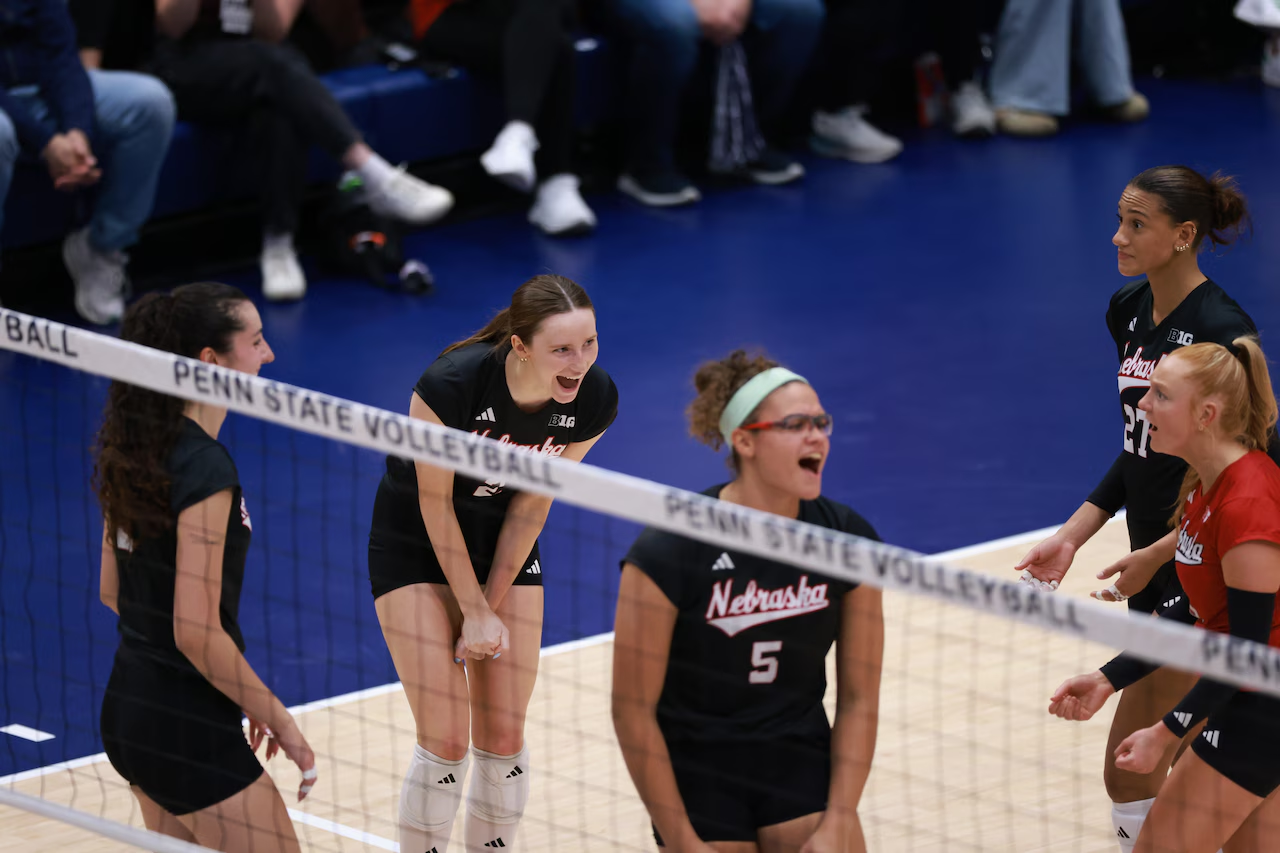
If you purchase a product through a link on our site, we may receive compensation.
The Nebraska Cornhuskers look to keep their impressive season going on Saturday night, as they get set to host the Kansas State Wildcats in the second round of the 2025 NCAA Women’s Volleyball Tournament.
Nebraska looked impressive in the first round of the tournament, vanquishing the Long Island Sharks in straight sets.
The Cornhuskers rolled toward another Big Ten championship. Nebraska has been dominant. Not only are they undefeated, but they have also been nearly untouchable. For two months, the team did not lose a set. The team then went on to win its final five matches in straight sets, clinching a third consecutive Big Ten Championship.
Now, the program that has played in every national tournament since the AIAW days has its sights set on advancing to the final four for the fourth time in the past five seasons. Nebraska looks to avenge last year’s disappointing semifinal exit at the hands of the eventual national champions, Penn State.
They take on a Kansas State that had to work hard to upset San Diego in the opening round, winning in straight sets on Friday. The Wildcats, who are playing in the national tournament for the first time in four years, look to grab the biggest of upsets and move on to the regional semifinal for the first time since 2011.
NCAA WOMEN’S VOLLEYBALL TOURNAMENT
Second Round
Kansas State Wildcats vs. Nebraska Cornhuskers
When: Saturday, December 6
Time: 8 p.m. ET
Where: Bob Devaney Sports Center (Lincoln, Neb.)
Stream: ESPN+
Sports
Jane Hedengren Obliterates the NCAA 5K Record in Boston

Two weeks after finishing second at the NCAA Cross-Country Championships, freshman Jane Hedengren shattered the collegiate record in the 5,000 meters.
On Saturday, December 6, the Brigham Young University standout won the women’s elite race in 14:44.79 at the BU Sharon Colyear-Danville Season Opener. With a huge surge in the second half of the race, Hedengren improved on the previous indoor collegiate record (14:52.57) set by Doris Lemngole of Alabama at the same meet in Boston last year.
Hedengren also broke the combined collegiate record (indoor and outdoor track), 14:52.18, set by Parker Valby at the 2024 NCAA Outdoor Championships. Hedengren is now No. 2 on the U.S. all-time list and No. 11 on the world all-time list in the event, indoors.
“This season, there’s been a lot of growth, and I think there’s still so much to build on, lots of gratitude approaching this race and this season, and I’m excited to keep working,” Hedengren told Nia Gibson on the FloTrack broadcast after the race.
Hedengren showed her dominance early at Boston University’s indoor facility. From the gun, Hedengren and Pamela Kosgei of New Mexico both positioned themselves behind pacesetter Ellie Leather through the first mile in 4:48, on pace for a 14:55 finish. By the 2K split, both athletes had pulled ahead of the chase pack by 50 meters.
That gap continued to grow heading into the halfway mark as the cross-country rivals dueled for the lead. Just after the 3,000-meter split, which the pair covered in 8:59, Hedengren surged ahead of Kosgei and never looked back.
For the last 2,000 meters, Hedengren knocked off blazing 34 to 35-second splits for each lap until throwing down an impressive 66-second close for the final 400 meters. Her teammate, Riley Chamberlain, battled for second-place in 14:58.97, a 25-second personal best. Kosgei finished third in 15:05:41.
Before she graduated from Timpview High School in Provo, Utah, last spring, Hedengren broke nine national records on the track—including the 5,000 meters in April when she became the first high school girl to go sub-15 for the distance.
At 19 years old, Hedengren has already emerged as an NCAA leader in her first season running for the Cougars. In October, she dominated the Pre-National Invitational and shattered the course record in her collegiate cross-country debut. She went on to win the Big 12 Championships and NCAA Mountain Region Championships by huge margins.
In late November, Hedengren was competing for the win at the NCAA Cross-Country Championships but couldn’t match the closing speed of Lemngole, the defending champion. With a surge in the last kilometer of the race in Columbia, Missouri, the junior from Kenya claimed the 6K title in 18:25, about 13 seconds ahead of Hedengren.
In a quick turnaround to the track season, Hedengren earned a form of redemption in Boston. She is the most recent athlete in the last several years to break the collegiate record at the indoor season opener, which many elite athletes utilize as a final push of fitness before the holidays. Lemngole—and Valby prior to her—set the indoor record at the same meet.
Taylor Dutch is a writer and editor living in Austin, Texas, and a former NCAA track athlete who specializes in fitness, wellness, and endurance sports coverage. Her work has appeared in Runner’s World, SELF, Bicycling, Outside, and Podium Runner.
Sports
Gophers volleyball wins NCAA Tournament opener, avoids St. Thomas matchup
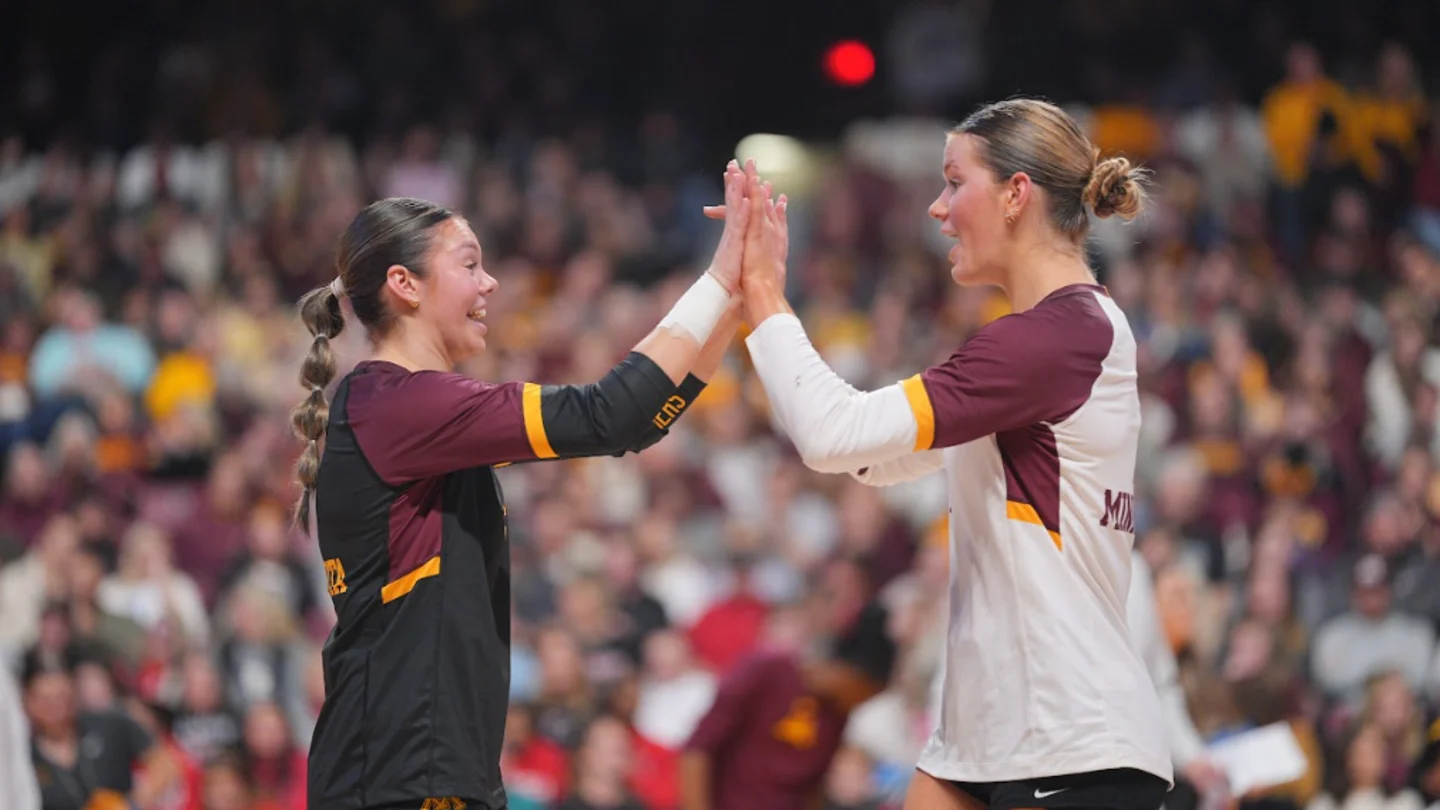
Minnesota volleyball opened NCAA Tournament play on Friday at Maturi Pavilion with a dominant sweep over Fairfield University. It marks the 11th straight year that the Gophers have won a first-round game.
And we dance on 💃 pic.twitter.com/k5zoEO1vPU
— Minnesota Volleyball (@GopherVBall) December 6, 2025
Subscribe: Sign up to receive the free Gophers On SI newsletter
The Gophers were seeded fourth in their region after a 22-9 regular-season campaign. The other game in their Minneapolis pod was five-seed Iowa State against in-state foe St. Thomas, which played its first-ever game in the NCAA Tournament on Friday. The Cyclones won a five-set battle before Minnesota’s game.
“I’m proud of our team for playing our brand of volleyball. Serving, blocking and playing really clean. Tomorrow will be a big challenge. Iowa State is a great team in a lot of facets, especially defensively,” Minnesota head coach Keegan Cook said after the game.
Minnesota already beat St. Thomas three sets to one in a nonconference game in August, but an NCAA Tournament clash in the Tommies’ first season eligible would’ve felt like a huge contest. Ultimately, Iowa State will face the Gophers on Saturday night at 7 p.m. CT at Maturi Pavilion with a trip to the Sweet 16 on the line.
The Cyclones had an impressive 22-7 regular-season campaign, and a 12-6 mark in the Big 12. Saturday’s showdown should be a great contest between two of the better college volleyball programs in the Midwest.
More from Gophers On SI
Sports
Elliot and Thuotte Highlight Men’s Indoor Track and Field Season Opener
BOSTON, Mass. — Regis College men’s track and field kicked off their indoor season today at the Reggie Lewis Center, competing in the Suffolk Relays and setting two new program records.
Senior Brady Elliot (Charlestown, N.H.) made an impressive debut for the Pride, placing second in the men’s high jump with a leap of 1.85 meters, establishing a new indoor program record. Elliot also competed in the long jump, finishing 12th with a distance of 6.06 meters. Joseph Doughty (Woburn, Mass.) added a seventh-place finish in the high jump, clearing 1.70 meters.
Justin Thuotte (Lebanon, Conn.) earned three top-ten finishes. His best came in the shot put, where he took third with throw of 12.82 meters to set a new personal best. Thuotte also placed fifth in the long jump, setting a new indoor program record with a leap of 6.65 meters, and finished seventh in the weight throw with a mark of 13.28 meters. Ryan Sweeney (Lynn, Mass.) joined Thuotte on the shot put leaderboard, finishing fourth with a toss of 12.65 meters. Sweeney also set a personal best in the weight throw with an 11.28 meter toss.
Jalen Jones (Everett, Mass.) claimed fifth place in the triple jump with a mark of 11.94 meters. Meanwhile, DJ Marks (Medford, Mass.) and Luc Willems (Belchertown, Mass.) rounded out the top ten finishers in the high jump and men’s 1000m, respectively. Marks cleared 1.60 meters in the high jump, and Willems crossed the line in 3:18.18 in the 1000-meter run.
In the men’s 1600 sprint medley relay, the team of Zach Olaywole (Marlborough, Mass.), Jones, Elliot, and Nathan Thomas (Medford, Mass.) finished 13th overall with a time of 4:13.28.
The Pride will quickly turn around as they head to UMass Boston tomorrow for the Beacon Season Opener.
Sports
No. 25 Women’s Volleyball Falls to No. 3 Texas in NCAA Second Round – Penn State
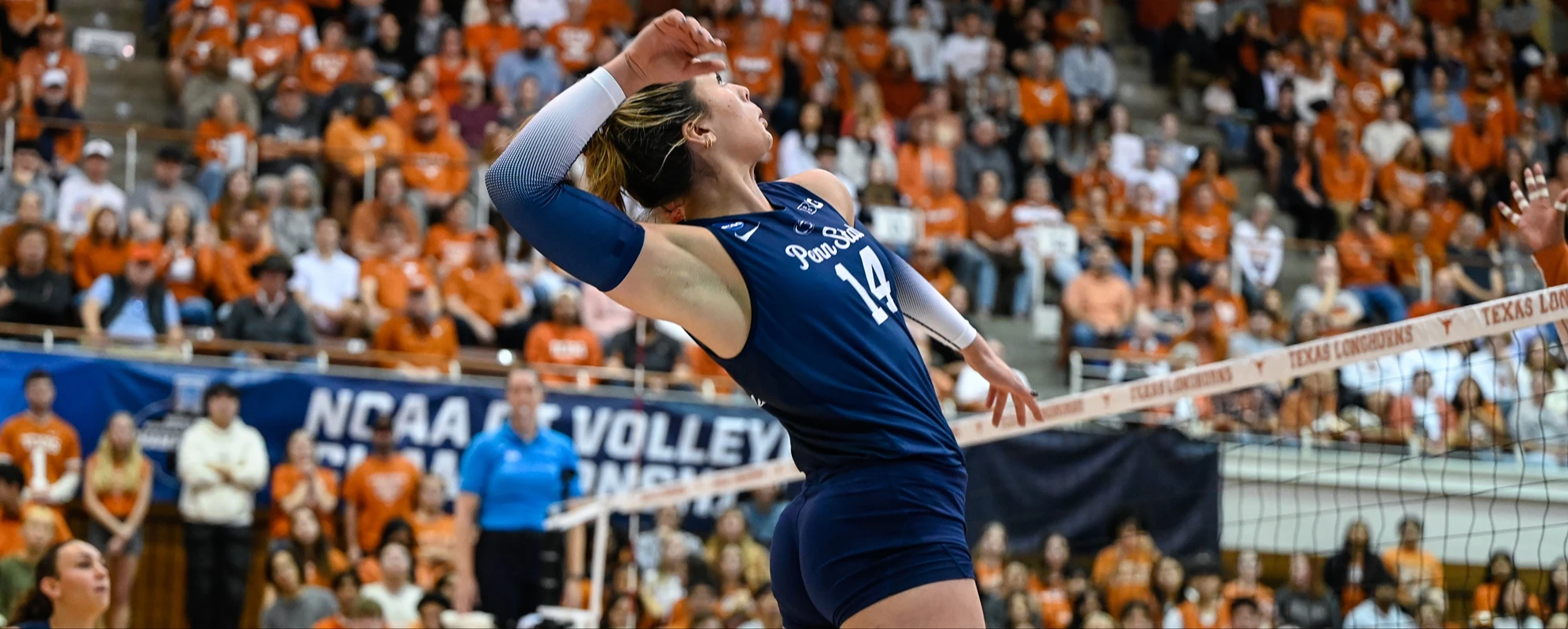
AUSTIN, Texas – No. 25 Penn State’s 45th-straight appearance in the NCAA Tournament came to an end in the second round Saturday with a 3-0 (25-16, 25-9, 25-19) loss to No. 3 Texas at Gregory Gymnasium. The Nittany Lions close the season at 19-13 overall, while the Longhorns move on with a record of 25-3.
The loss snapped Penn State’s seven-match NCAA Tournament winning streak, which included six victories on the way to last year’s national title. The Nittany Lions remain second in the nation with eight national titles, trailing only Stanford’s nine.
Kennedy Martin tallied 16 kills for Penn State and has now recorded double-digit kills for the 83rd-consecutive match when she plays at least three sets. Caroline Jurevicius finished with seven kills, while Emmi Sellman chipped in with five.
Gillian Grimes wrapped up an outstanding collegiate career with a team-high 11 digs. She leaves Penn State as a two-time All-Big Ten honoree, making the first team this season and the second team as a junior last season. She now turns her attention to the pro ranks, where she will play for the San Diego Mojo of Major League Volleyball. Grimes was recently picked by the Mojo in the third round of the MLV Draft.
Torrey Stafford led Texas to the win, hitting .556 with 21 kills. Abby Vander Wal joined her in double-digits with 10 kills, while Cari Spears was next with nine.
Penn State now holds an 11-10 lead in the all-time series with Texas. The teams are knotted at 2-2 in NCAA Tournament matchups against each other.
Saturday’s matchup featured the past three national champions as Texas won back-to-back titles in 2022 and 2023 and Penn State took home the trophy last season.
The 2025 Penn State women’s volleyball season is presented by Musselman’s.
-

 Rec Sports2 weeks ago
Rec Sports2 weeks agoFirst Tee Winter Registration is open
-

 Rec Sports2 weeks ago
Rec Sports2 weeks agoFargo girl, 13, dies after collapsing during school basketball game – Grand Forks Herald
-

 Motorsports2 weeks ago
Motorsports2 weeks agoCPG Brands Like Allegra Are Betting on F1 for the First Time
-
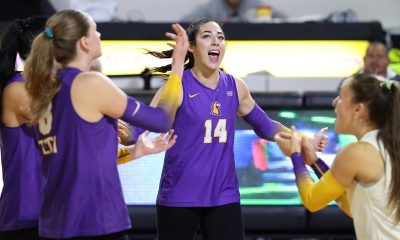
 Sports3 weeks ago
Sports3 weeks agoVolleyball Recaps – November 18
-

 Motorsports2 weeks ago
Motorsports2 weeks agoF1 Las Vegas: Verstappen win, Norris and Piastri DQ tighten 2025 title fight
-

 Sports2 weeks ago
Sports2 weeks agoTwo Pro Volleyball Leagues Serve Up Plans for Minnesota Teams
-
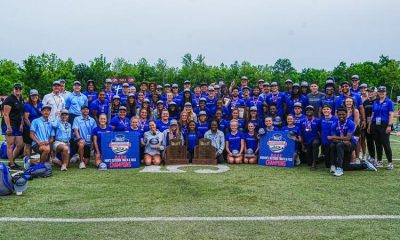
 Sports2 weeks ago
Sports2 weeks agoSycamores unveil 2026 track and field schedule
-

 Sports2 weeks ago
Sports2 weeks agoUtah State Announces 2025-26 Indoor Track & Field Schedule
-
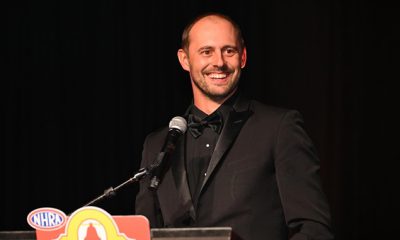
 Motorsports1 week ago
Motorsports1 week agoRedemption Means First Pro Stock World Championship for Dallas Glenn
-

 NIL7 days ago
NIL7 days agoBowl Projections: ESPN predicts 12-team College Football Playoff bracket, full bowl slate after Week 14
















































